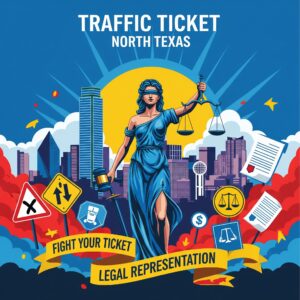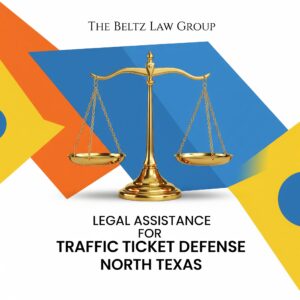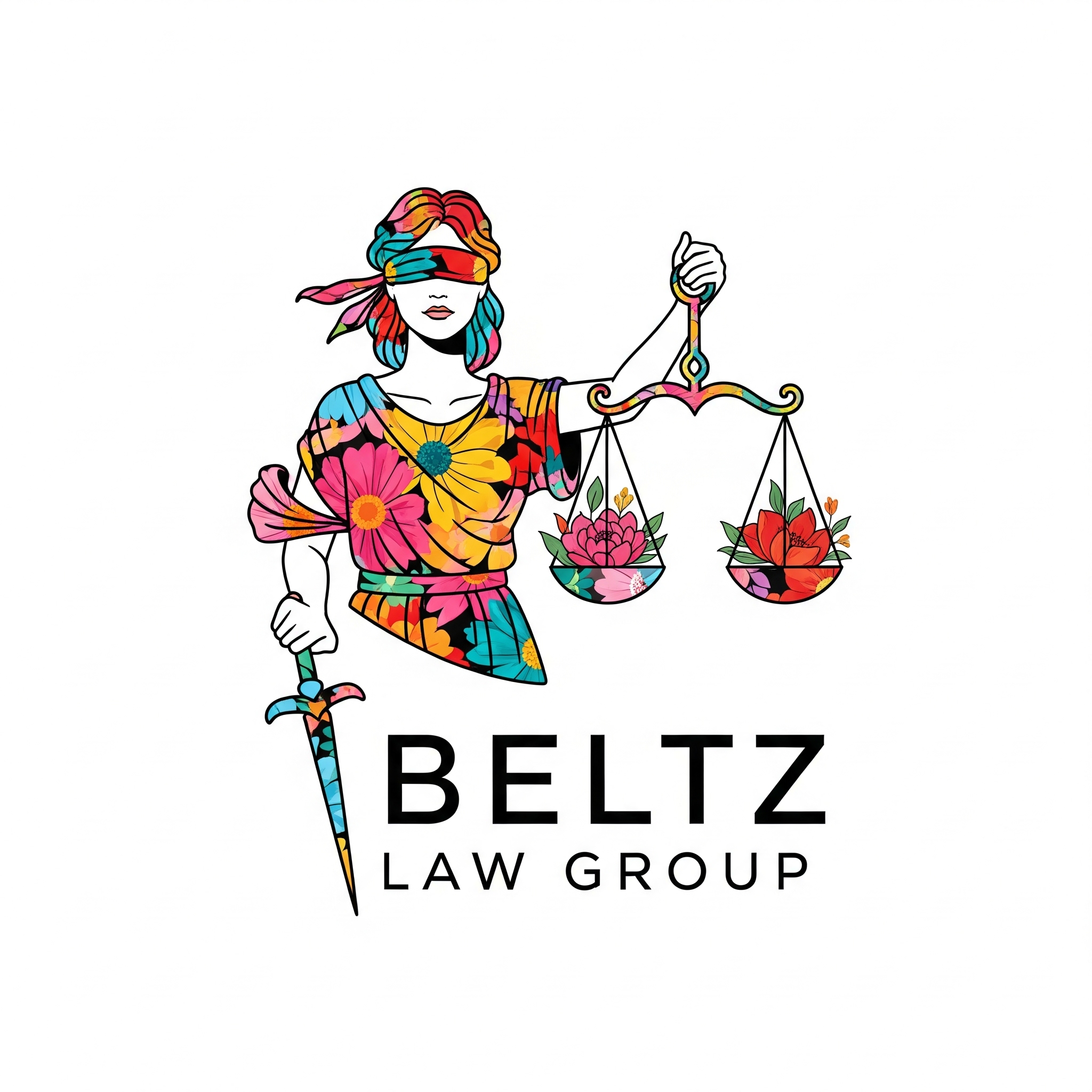Last Updated on July 23, 2025 by Beltz Law Group
Understanding Driver’s License Classifications in Texas

Traffic Ticket Defense Texas
In Texas, driving privileges are categorized into different classes, each requiring specific levels of knowledge and skill. These classifications ensure that drivers are qualified to operate the various types of vehicles found on our roadways. Understanding these distinctions is crucial for proper licensing and compliance with state law.
The Texas Department of Public Safety (DPS) issues licenses with four main classifications: Class A, Class B, Class C, and Class M. Generally, the holder of a valid driver’s license may drive all vehicles in the class for which that license is issued, and all lesser classes of vehicles, with the exception of motorcycles and mopeds (which require a Class M).
It’s important to note that for commercial vehicles, these classifications often come with additional requirements for endorsements (e.g., for carrying passengers, hazardous materials, or operating certain types of trailers).
1. Class A Driver’s License (Commercial or Non-Commercial)
A Class A driver’s license permits a person to drive large and heavy vehicle combinations. This is typically required for commercial operations but can also be held by non-commercial drivers who operate similar-sized vehicles (e.g., large recreational vehicles).
Authorizes an individual to drive:
- Any combination of vehicles with a Gross Combination Weight Rating (GCWR) of 26,001 pounds or more, provided the Gross Vehicle Weight Rating (GVWR) of the vehicle(s) being towed is more than 10,000 pounds.
- Example: A tractor-trailer rig where the tractor and trailer combined weigh over 26,001 lbs, and the trailer itself weighs more than 10,000 lbs.
- Any vehicle that a Class B or Class C license authorizes.

Ticket Defense For Commercial Drivers Texas
Commercial Driver’s License (CDL) Requirements for Class A: A Class A CDL is specifically required for vehicles used to transport passengers or property if the vehicle meets the weight criteria for a Class A vehicle, or:
- Is designed to transport 16 or more passengers, including the driver.
- Is transporting hazardous materials and is required to be placarded in accordance with 49 C.F.R. Part 172, Subpart F (federal regulations).
2. Class B Driver’s License (Commercial or Non-Commercial)
A Class B driver’s license allows for the operation of heavy single vehicles and certain combinations.
Authorizes an individual to drive:
- A single vehicle with a Gross Vehicle Weight Rating (GVWR) of 26,001 pounds or more.
- Example: A large single-unit truck like a dump truck, a large box truck, or a single-unit bus.
- Any such vehicle towing either:
- A vehicle with a GVWR that does not exceed 10,000 pounds.
- A farm trailer with a GVWR that does not exceed 20,000 pounds.
-

Texas Medical Driver License Revocations
A bus with a seating capacity of 24 passengers or more, including the driver.
- Any vehicle that a Class C license authorizes.
Commercial Driver’s License (CDL) Requirements for Class B: A Class B CDL is required if the vehicle meets the weight criteria for a Class B vehicle, or if it is a bus designed to transport 24 or more passengers (including the driver), or is transporting hazardous materials and requires placarding.
3. Class C Driver’s License (Non-Commercial – Most Common)
A Class C driver’s license is the most common type of license in Texas and is what most everyday drivers obtain. It covers standard passenger vehicles and light trucks.
Authorizes an individual to drive:
- A single vehicle with a Gross Vehicle Weight Rating (GVWR) of less than 26,001 pounds.
- Examples: Most passenger cars, SUVs, vans, and pickup trucks.
- Any such vehicle towing either:
- A vehicle with a GVWR that does not exceed 10,000 pounds.
- A farm trailer with a GVWR that does not exceed 20,000 pounds.
- A bus with a seating capacity of less than 24 passengers, including the driver.
- An autocycle (a three-wheeled vehicle with a steering wheel and seating that does not require the operator to straddle or sit astride the vehicle).
Note on Commercial Class C: A Class C CDL is distinct from a non-commercial Class C. A commercial Class C is required for vehicles that are not Class A or B, but are designed to transport 16 to 23 passengers (including the driver) or are used to transport hazardous materials requiring placarding.
4.

North Texas Traffic Ticket Defense Lawyer
Class M Driver’s License (Motorcycles and Mopeds)
A Class M driver’s license is specifically for two-wheeled motorized vehicles.
Authorizes the operation of:
- A motorcycle.
- A moped (subject to applicable restrictions).
Important: A Class M license is required in addition to or as part of any other driver’s license class if you wish to operate a motorcycle or moped. You cannot operate a motorcycle with just a Class A, B, or C license without the Class M endorsement. Obtaining a Class M typically involves completing a motorcycle safety course and passing specific knowledge and skills tests.
Understanding these classifications is essential for all Texas drivers to ensure they are properly licensed for the vehicles they operate. If you have questions about your specific driver’s license classification or need assistance with any traffic or licensing issues, feel free to contact The Beltz Law Group.







